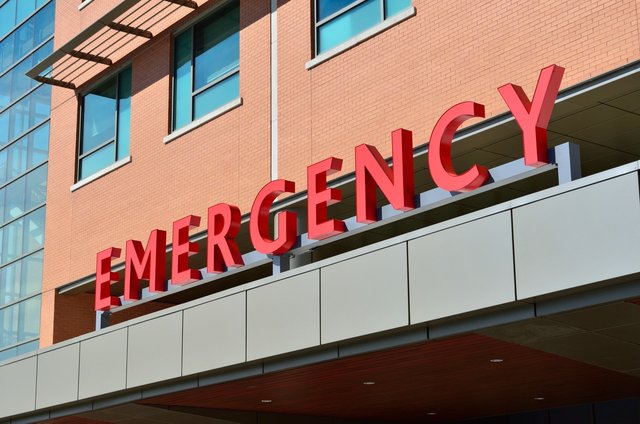
Business owners and managers have a mountain of responsibilities. They must oversee business activities, resolve disputes, and ensure a safe, hazard-free work environment for employees. According to the Occupational and Safety Health Administration (OSHA), all businesses are subject to creating and maintaining safe workplaces, regardless of industry, which may include a First Aid program.
First Aid Increases Survival of Major Workplace Injuries
Things go wrong. Depending on the use of large equipment and industry, risk for workplace injuries increases. A mistake could result in a severe wound to an employee, shock, or even cardiac arrest. In 2016, the most recent year for which statistics are available, says the U.S. Bureau of Labor Statistics, workplace-related injury prevalence increased. Notable facts include:
Transportation-related incidents resulted in 2,083 fatalities.
Up to 23% of accidents involved violent injuries caused by other people or animals in the workplace.
A total of 5,190 work-related fatalities occurred, reflecting a 7% increase since 2015.
Without delving deeper into the specific incident details, providing immediate care may have played a role in preventing further loss of life. Training your employees to respond to these situations is crucial to increasing survival and decreasing risk.
OSHA Requires Trained First-Aid Providers in Certain Workplaces
Any business operating at a location, whether temporary or permanent, lacking an infirmary, hospital, or clinic must have trained, on-staff personnel capable of performing First Aid. This is the OSHA First Aid Standard, and noncompliance may result in fines or penalties, as well as legal liability, for employers.
Although workplace injury rates have risen since 2008, the overarching trend since 1974, the time at which the Standard was passed, has been a decrease in workplace injuries and fatalities. This proves knowing how to provide care to those in need is key to reducing workplace injuries, complications, and mortality.
Survival After Cardiac Arrest Requires Responsive CPR Training
Cardiac arrest may be the result of a medical condition, trauma, or an unexplained, undiagnosed issue. In all cases of cardiac arrest, survival chances hinge on the ability to provide emergency care until EMS arrives. This may include identifying the cause of arrest, especially in trauma, like the loss of blood or electrocution, determining if a scene is safe to proceed, providing short-term care to the trauma, and administering CPR and Basic Life Support (BLS).
Trained Employees Have a Lower Risk of Exposure to Pathogens
If someone does suffer an accident or medical emergency requiring assistance, those with training in providing aid know how to reduce risk of disease transmission. They can provide care, wear personal protective equipment (PPE) correctly, and use PPE to reduce their risk and the risk of subsequent infection to the person in need of care.
Medical Emergencies Can Happen to Anyone and at Anywhere
A glimpse of medical emergencies might lead employers to avoid hiring employees with known medical conditions, but that practice is illegal in the U.S. Further, employers never know when a customer may suffer an accident. The burden of providing immediate care falls to others in the business, such as employees, managers, and business owners. Failure to help could result in additional fines and penalties, assessed by OSHA, as well as legal ramifications by the person’s family members. Being a responsible business owner requires providing the right type of training, including emergency care, to your employees.